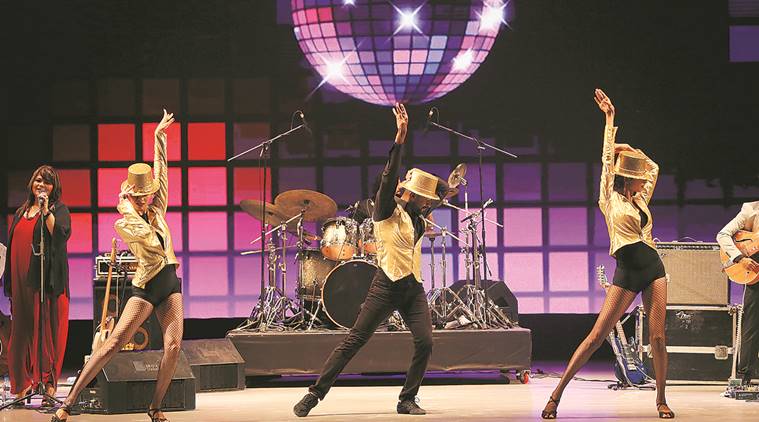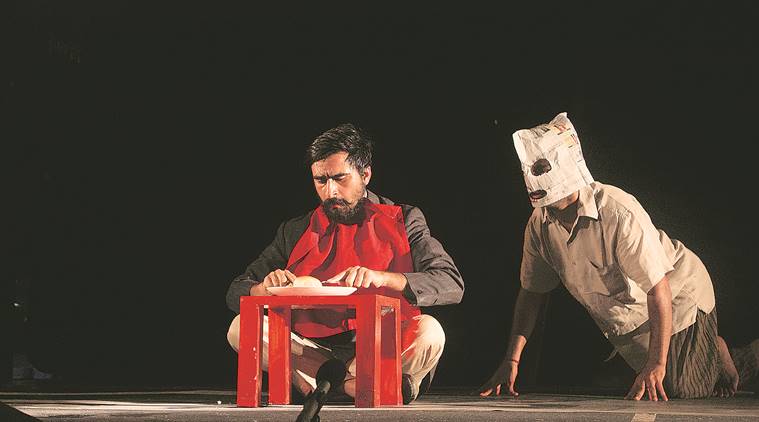Expanding the Horizons
In its third edition, the Seredipity festival aims to break down the silos separating artistic disciplines

Snapshots from the previous editions of the Serendity festival
If you visit Panjim this year, anytime from December 15 to 22, you might just catch sight of a woman playing out a scene from a story about an alien invasion, on one of the picturesque streets of the Goan capital. This might be a scene from the beginning of the tale, or from somewhere closer to the end, but chances are you might not catch more than a fragment of the whole story, unless you follow its director-performer, Lawai BemBem, as she moves locations. As the geography of the performance spreads out in the city, an interactive installation of sounds, dramatic texts, visuals and conversations in multiple languages grows out of it. Called Fermented Frontier, this piece takes on questions of invasion, colonisation, surveillance and resistance, and blurs the boundaries between performance and visual arts.
This experimental approach to the arts, which breaks down actual and notional demarcations between various disciplines, is precisely why Serendipity Arts Festival was founded in 2016. “Traditionally, in India, various art forms were not put into the silos that you see now; this comes to us from the West,” says festival founder Sunil Kant Munjal, adding, “With Serendipity, we are trying to bring all the art forms together and trying to reconnect with our cultural heritage.”
In its third edition, the festival remains as ambitious as it was, about not just creating a space for experimental approaches to art, but also to help nourish the forms that may be dying out. “If we want to know what the future of arts will be in India, we also need to reach back into the past,” he says.
The 2018 edition, which was announced in Mumbai recently, will see programming across seven disciplines – craft, music, theatre, dance, culinary arts, visual arts and photography — with 14 festival curators. There will also be a number of special projects, including “Young Subcontinent”, which builds on the previous edition to showcase emerging talent from the subcontinent, “Line of Flight”, a three-part project that addresses artist mobility, and “Panjim 175”, which celebrates the history and culture of the host city at a time it is celebrating its 175th anniversary.
A major ambition of the festival is the creation of a legacy that can be built upon to secure the future of the arts. For instance, leading up to the 2017 edition, an architectural contest was initiated, in order to create a vision for the Serendipity Barefoot School of Craft. Fifteen selected models were displayed at the festival last year, and a residency with architects was organised in May this year. This resulted in the creation of a pavilion, to be inaugurated this year, which will function as a collaborative space for architects, craftspeople, students and visitors. Annapurna Garimella, curator of the project, believes the pavilion has the potential to be an alternative space wherein new possibilities in craft and architecture could be modelled. “With each year, the experiment that is Serendipity Festival will keep evolving,” she says.






















 Snapshots from the previous editions of the Serendity festival
Snapshots from the previous editions of the Serendity festival
No hay comentarios:
Publicar un comentario